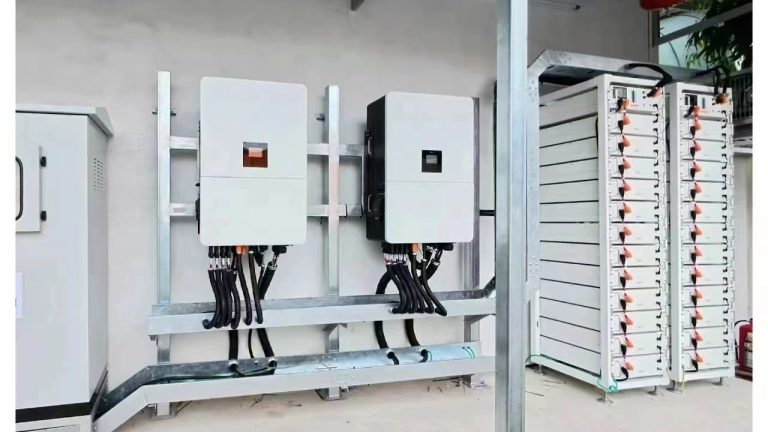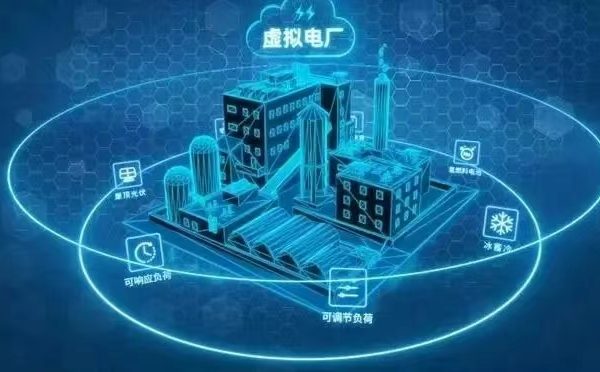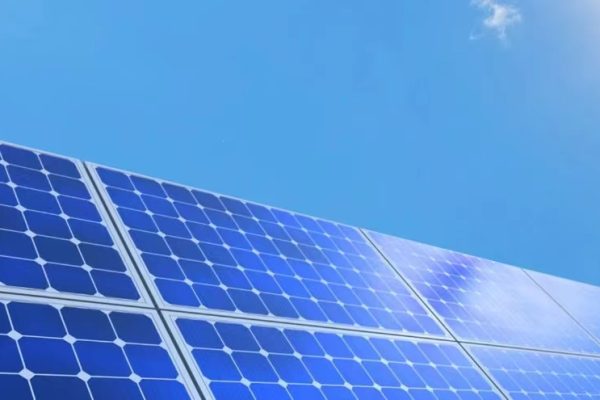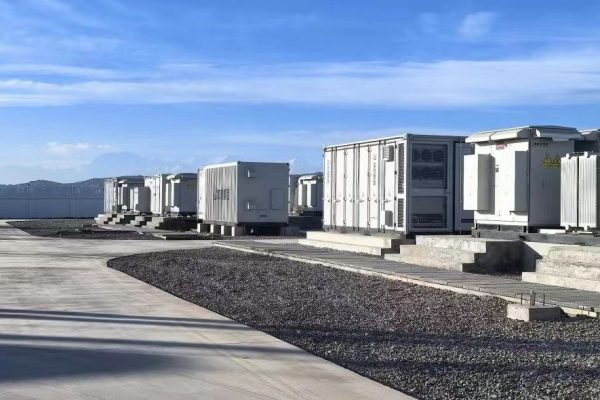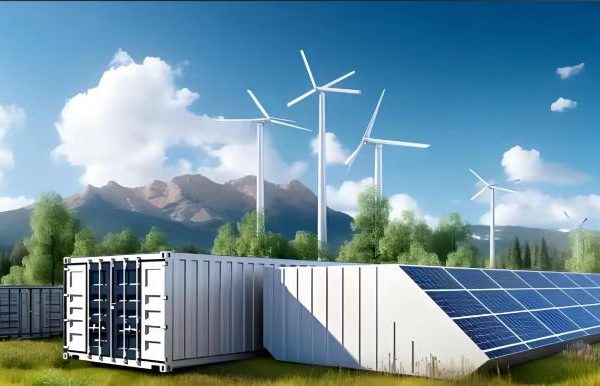Sand, Salt, Heat, and Humidity: Choosing Inverters That Survive Tough Conditions
Not All Inverters Are Built for the Field
When deploying solar + storage systems in challenging environments—such as deserts, coastal zones, high-humidity tropics, or dusty industrial zones—inverter selection becomes a matter of reliability, not just specs.
Even a top-brand inverter may fail prematurely if:
- The housing corrodes in salty air
- Cooling is insufficient in 50°C conditions
- Moisture penetrates unsealed electronics
- Dust chokes the heat sinks or cooling fans
This article walks through the key factors that define “environment-ready” inverters and how to evaluate them for your project.
1. Define “Harsh” in Your Project Context
Not all harsh environments are the same. You’ll need to assess the primary risks:
| Environment Type | Primary Stress Factor |
|---|---|
| Coastal/Island Areas | Salt fog, corrosion |
| Desert Regions | High temp, dust/sand |
| Tropical/Humid Areas | Moisture, mold, heat |
| High Altitude | Thin air, heat buildup |
| Industrial Zones | Metal dust, EMI/RFI noise |
2. Key Inverter Features to Look For
🛡️ A. IP Rating: Dust and Water Protection
For outdoor or partially sheltered installs, IP rating is critical.
- IP65: Fully dust-tight and water-jet resistant – ideal for outdoor wall-mount
- IP54: Acceptable for sheltered installs
- IP20–IP44: Indoor only – not suited for harsh environments
🛠 Tip: If the project is coastal, IP65 minimum is a must.
🌡️ B. Operating Temperature Range
Check the datasheet’s stated working range:
- Typical range: -25°C to +60°C
- Derating may occur beyond 40–45°C
🛠 Tip: Look for models that don’t derate output power until >50°C, especially for desert regions.
Also consider internal cooling method:
- Passive (natural convection): simpler, but may struggle in hot climates
- Active (fan-based): better cooling, but prone to dust clogging
- Hybrid: uses passive cooling with sensor-activated fans
🧲 C. Coating & Corrosion Protection
In salt-heavy or chemical-rich areas:
- Internal boards should have conformal coating
- Housing should be anodized aluminum or powder-coated steel
- Stainless steel bolts and connectors reduce rust risk
🛠 Ask your supplier: “Is this model tested for salt fog compliance (e.g., IEC 60068-2-52)?”
🌬️ D. Internal Air Flow Design
Many inverter failures in sandy or dusty areas stem from air intake paths that suck in fine particles.
Look for:
- Dust-proof mesh on fan inlets
- Internal airflow that doesn’t cross over sensitive PCBs
- Filters that can be cleaned or replaced
📶 E. EMC and Surge Protection
Industrial zones or lightning-prone areas pose threats like:
- Electromagnetic interference (EMI)
- Radio frequency interference (RFI)
- Surge from nearby motors or lightning strikes
Ensure your inverter has:
- EMC Class B or better
- Built-in surge protection on both AC and DC sides
- Ground-fault detection and protection (RCD type)
3. Practical Selection Checklist
| Feature | Recommended for Harsh Sites |
|---|---|
| IP Rating | IP65 or above |
| Operating Temperature | -25°C to +60°C, no derating < 50°C |
| Cooling | Hybrid with replaceable filters |
| Conformal Coating | Yes |
| Salt Fog / Corrosion Certification | IEC 60068-2-52 (preferred) |
| Surge/EMC Protection | Class B / SPD / RCD built-in |
| Firmware Alert Capabilities | Over-temp, fan error, surge logging |
4. Mounting & Site Preparation Tips
Even with the right inverter, improper installation ruins performance.
- Always mount inverters in shaded or ventilated areas
- Avoid direct midday sun or wall surfaces with heat buildup
- Use metal brackets with anti-vibration padding if wall-mounting on corrugated steel
- In coastal zones, apply anti-rust coating to mounting bolts and brackets
5. What to Ask Your Supplier Before Shipping
To ensure you’re sourcing a truly environment-ready inverter:
- “Has this model been installed in desert/tropic/coastal zones?”
- “Does the housing resist UV and salt fog exposure?”
- “Can I get photos of PCB conformal coating or housing internals?”
- “What is the derating curve beyond 45°C ambient?”
- “Can you include spare dust filters in the shipment?”
6. Explaining Environmental Suitability to Clients
As a technical trader or installer, it’s your job to help clients see beyond the datasheet.
“You’re not just buying a 5kW inverter—you’re buying 10 years of uninterrupted performance in your climate.”
Offer clients clear guidance:
- “This model has been installed in similar conditions.”
- “We choose IP65 so you won’t worry about monsoon season.”
- “Its fanless design prevents sand-related failures.”





